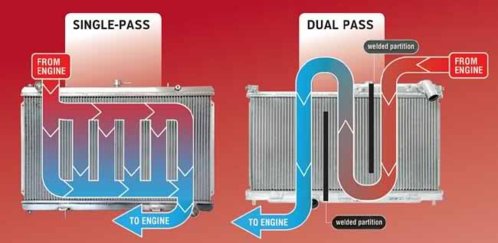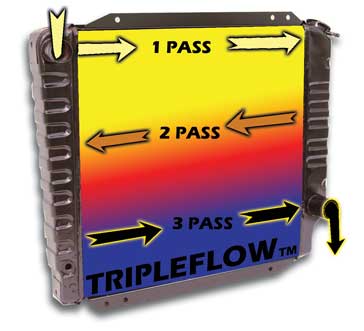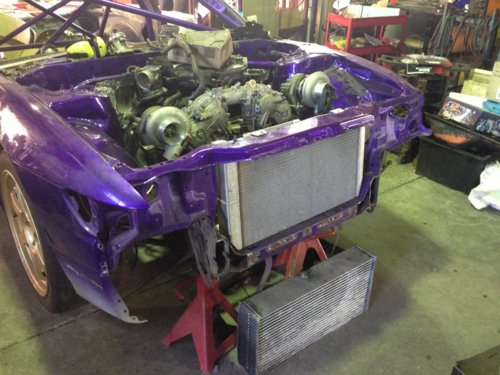naughtika
OzVR4 Stalker
Hi everyone, just curious to know more about radiator upgrades..
I know that we often use a thicker radiator like 42mm or 50mm.. I've been on that boat and want something different..
I wanna buy a half width rather but instead of a single pass, i want it to be either twin pass or triple pass.
Simon (Jungle) gave me this idea and it does makes sense to me.. image below is shown after googling it
single pass vs twin pass
and triple pass
I know there'll be alot less volume compared to the factory setup, but I think with this, we can use a half width 40mm or 50mm thick radiator and match it with a high CFM pull type fan
so what do you guys think? yes I know Im nuts
I know that we often use a thicker radiator like 42mm or 50mm.. I've been on that boat and want something different..
I wanna buy a half width rather but instead of a single pass, i want it to be either twin pass or triple pass.
Simon (Jungle) gave me this idea and it does makes sense to me.. image below is shown after googling it
single pass vs twin pass
and triple pass
I know there'll be alot less volume compared to the factory setup, but I think with this, we can use a half width 40mm or 50mm thick radiator and match it with a high CFM pull type fan
so what do you guys think? yes I know Im nuts



